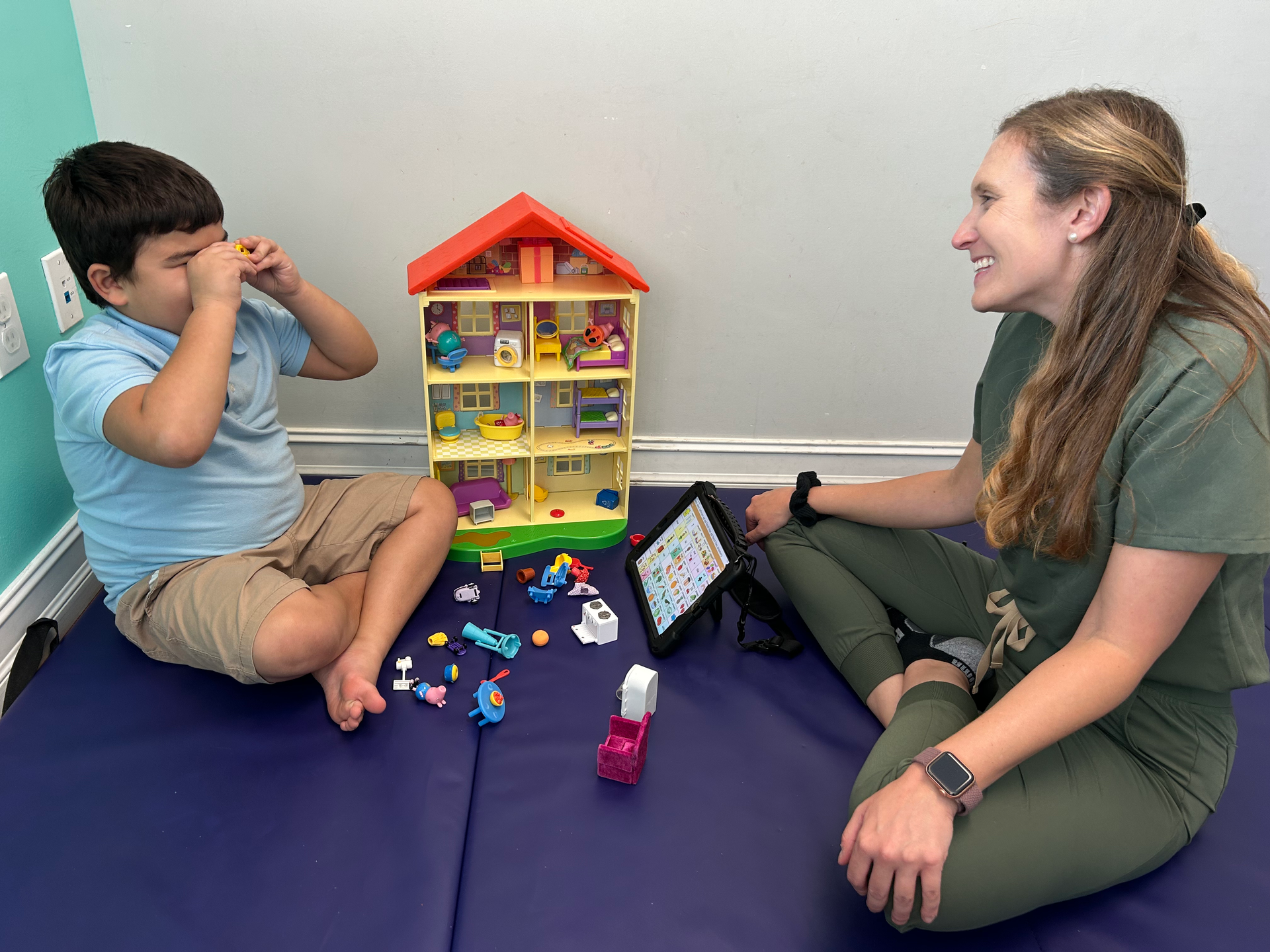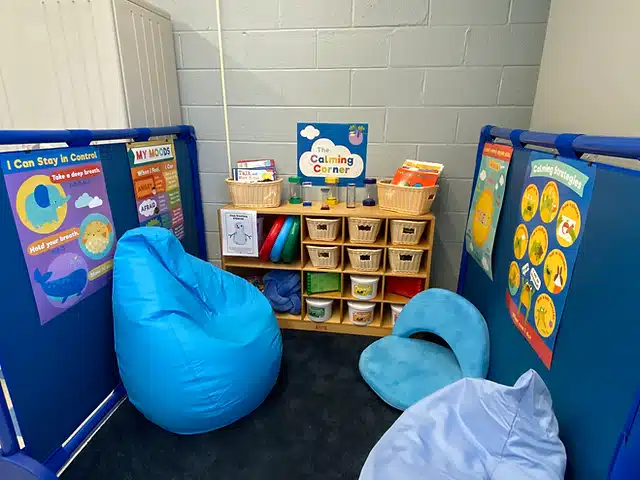Your Clinic
SET A LOCATION
Your Clinic
SET A LOCATION
First, it’s important to look at different steps that go towards a child actually eating food.
Tolerance is so important to start with. Can you child be close to this food? What is happening in the environment of the food? If the child had difficulty being in the same environment of the food, it’s important to take it a step back and get them used to different foods in their sight.

Interactions! The next step in this process would be to have a child be able to interact with their food. Make it fun! Having the child be able to interact with you making their food. Use fun tools (like cookie cutters) to help the child want to gravitate towards it more.
The odor of food and how they use their sense of smell in relation to this food is the next step. Can the child willingly be around the food to a point where they can smell it? The smell of a food can help a child determine what it might taste like. A child having the ability to bring the food closer to them to smell if ties very well with interacting with the food! Can the child bring food to their face? What about their mouths? Can they give little kisses to their food? That’s one step closer to eating it! Use useful PLAY with our food. Continue with experimenting with touch on their fingers, hands, and even face.
Make sure to provide developmentally appropriate food when it comes to working on tasting food. Kissing, using the tongue to touch, and eventually taking small bites will lead to eating.
A child engaged with food will be more likely to eat it!

Other very useful tips to assist you on your child’s feeding therapy journey is to stick to one new food a week. Always refer back to all of our steps starting with tolerance! Another tip is to have consistency with meal times. Sit together and model how you are enjoying the foods you are providing to your child. Remove distractions around the meal. Be present in the moment which will all help to model great eating behaviors too!
Curious if your child can benefit from Feeding Therapy? Contact us for a Free Screening 561-376-2573.
Want to learn more? Subscribe to our YouTube channel, Follow us on Facebook and Instagram @ProgressivePedTherapy
The post Beyond Chicken Nuggets appeared first on PPT4Kids.








We empower children, families, and the community to learn, grow, and celebrate every child's unique abilities.
Quick Links
Clinic Locations
All Rights Reserved | Progressive Pediatric Therapy, Inc. | Privacy Policy | Terms of Service
Site by Spearlance